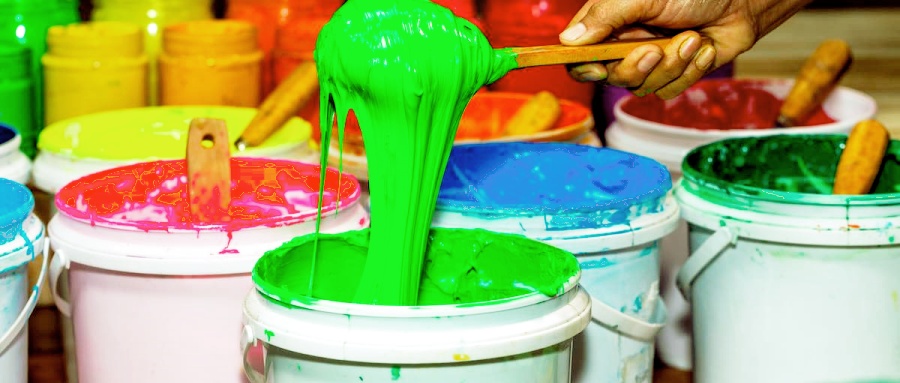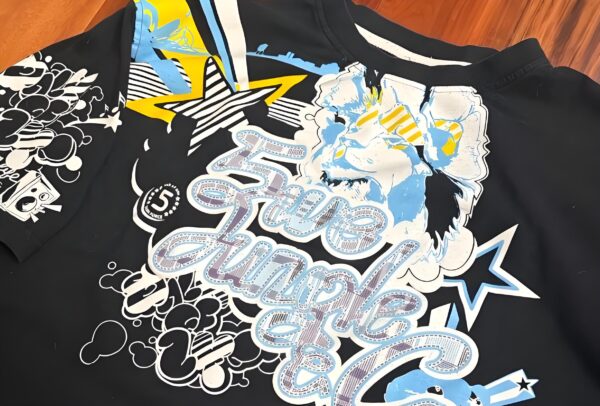Learn about plastisol ink printing: from curing times to best practices for vibrant, durable prints. Explore versatile applications now.
Can Plastisol Ink Go Down the Drain?
Disposing of plastisol ink requires care and responsibility. Plastisol ink should never go down the drain, as it is a PVC-based product containing plasticizers that can harm the environment. Unlike water-based inks, plastisol does not dissolve in water and can clog pipes or contaminate water systems.
Instead, dispose of plastisol ink by following these steps:
- Scrape Excess Ink: Remove as much ink as possible from screens and tools.
- Collect in a Container: Store leftover ink in an airtight container for reuse or proper disposal.
- Consult Local Regulations: Check with your local waste management authority for guidelines on disposing of plastisol ink responsibly.
By handling plastisol ink correctly, you can minimize environmental impact and maintain a clean workspace.

What Surfaces Can Plastisol Ink Print On?
Plastisol ink is incredibly versatile and can print on a wide range of surfaces. While primarily used for textiles, its adaptability makes it suitable for other materials as well. Common surfaces include:
- Cotton and Cotton Blends: Ideal for t-shirts, hoodies, and other apparel.
- Polyester: Suitable for sportswear, but may require an underbase to prevent dye migration.
- Nylon: Often used for jackets and bags with proper preparation.
- Paper and Cardboard: Used in promotional materials like posters and packaging.
Plastisol ink’s ability to adhere to various surfaces while retaining its vibrant colors makes it a favorite in the screen printing industry.
How Long Does It Take for Plastisol Ink to Cure?
Curing plastisol ink is a critical step in ensuring durability and longevity. The ink must reach its cure temperature, typically around 320°F (160°C), to bond permanently with the fabric.
The time required depends on:
- Dryer Type: Conveyor dryers are faster, while flash dryers may take slightly longer.
- Ink Thickness: Thicker layers may require additional time to cure fully.
- Temperature Consistency: Uneven heat can result in incomplete curing or scorching.
On average, curing plastisol ink takes 30-60 seconds. Using a temperature gun or heat strips ensures the ink reaches the desired curing temperature.
What is the Best Mesh Size for Plastisol Ink?
Choosing the right mesh size is essential for achieving optimal results with plastisol ink printing. The mesh size determines the amount of ink deposited onto the surface, influencing the design’s sharpness and texture.
- 110-160 Mesh: Ideal for bold designs and heavy ink deposits.
- 200-230 Mesh: Suitable for detailed designs and moderate ink deposits.
- 305 Mesh or Higher: Perfect for fine details and minimal ink layers.
Selecting the appropriate mesh size depends on your design’s complexity and the type of fabric being printed. Testing different sizes can help you find the perfect balance.

Plastisol Ink Printing T-Shirts
T-shirts are one of the most popular applications for plastisol ink printing. This method delivers vibrant, long-lasting prints that stand up to repeated washes. Here’s how to achieve great results:
- Prepare the Screen: Choose the right mesh size for your design.
- Apply the Ink: Use a squeegee to spread the ink evenly across the screen.
- Flash Dry Between Layers: For multi-color designs, flash cure each layer to prevent smudging.
- Cure the Final Print: Use a conveyor dryer to fully cure the ink at 320°F.
Plastisol ink printing on t-shirts offers endless customization possibilities, making it a favorite for businesses and hobbyists alike.
Plastisol Ink Near Me
Finding high-quality plastisol ink nearby ensures your projects maintain professional standards. Look for reputable suppliers that offer a wide range of colors, additives, and support materials. Consider:
- Local Screen Printing Shops: Many carry plastisol ink and related supplies.
- Specialty Stores: Art and craft stores may carry plastisol ink and equipment.
By sourcing from trusted suppliers, you can access consistent and reliable products for all your plastisol ink printing needs.
Conclusion
Plastisol ink printing remains a cornerstone of the screen printing industry, thanks to its durability, vibrant colors, and versatility. From understanding proper disposal methods to selecting the right mesh size, mastering the nuances of plastisol ink printing ensures professional results.
Whether you’re creating custom t-shirts or experimenting with new surfaces, the possibilities are endless. Invest in quality materials, follow best practices, and unleash your creativity to produce outstanding prints every time.









